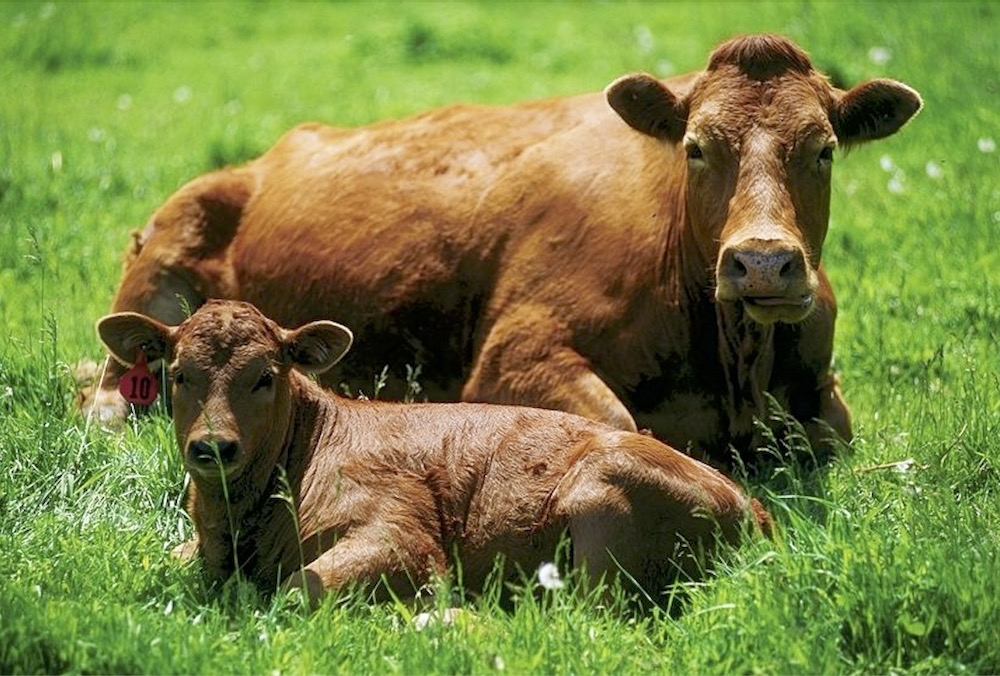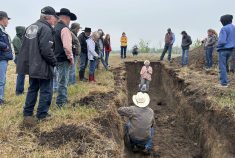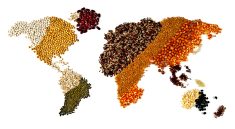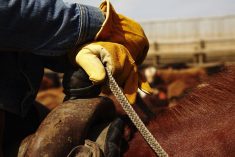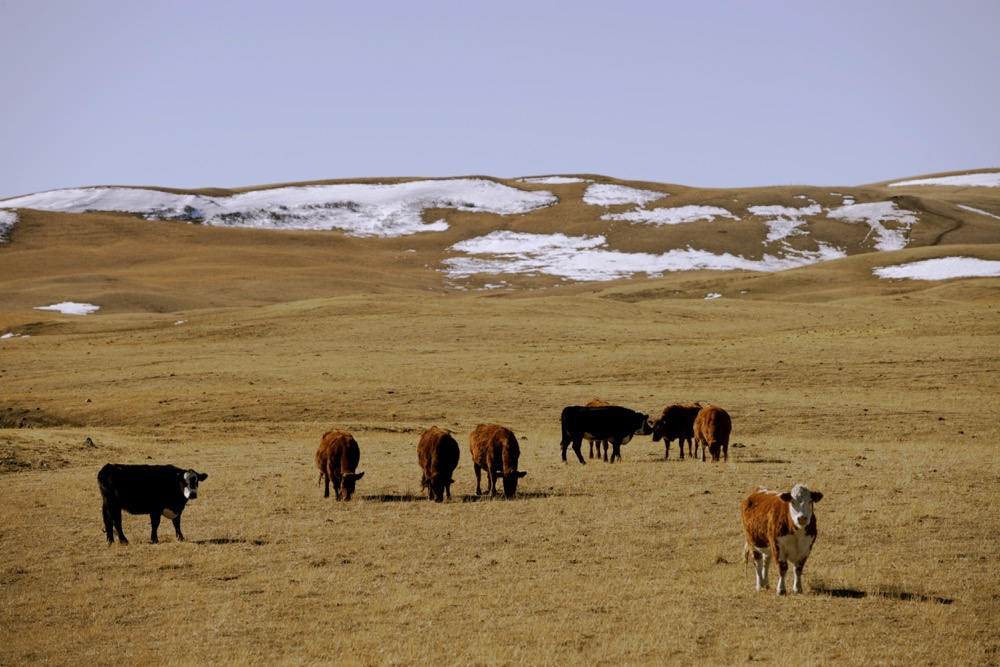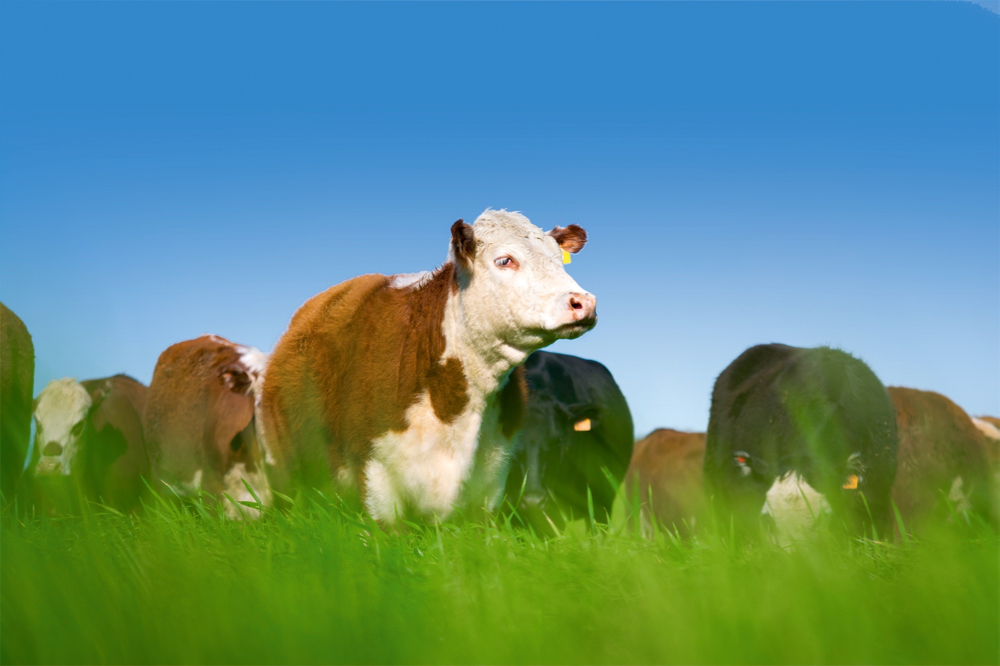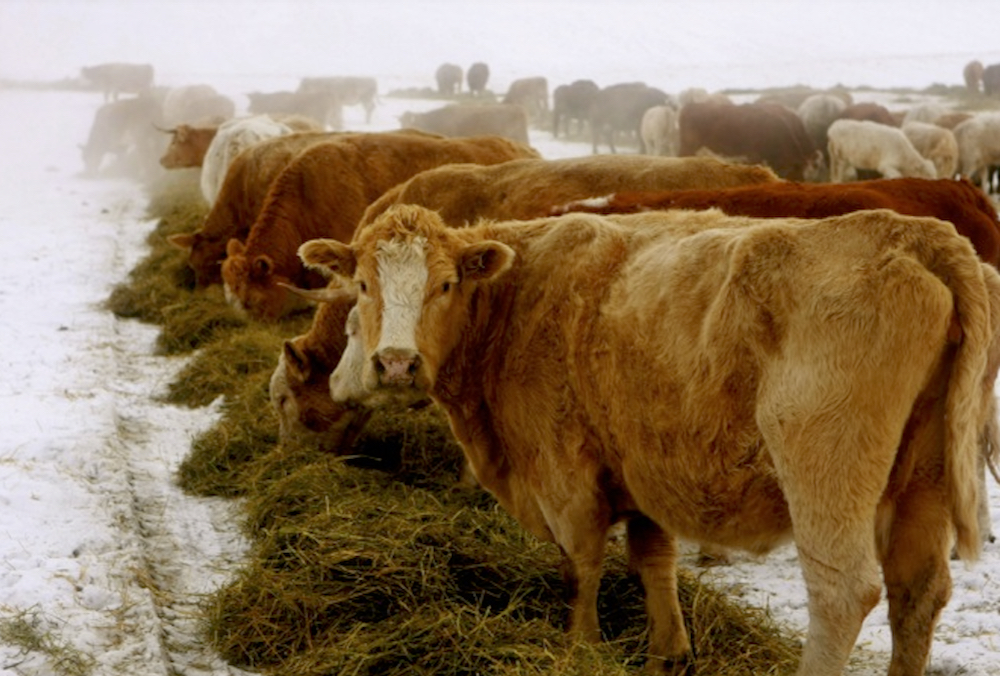The light bulb did not get invented by incrementally increasing the brightness of the candle. This is a quote attributed to Oren Harari. What he is referring to is the fact that most breakthroughs do not come from aiming for incremental improvements. We need big steps that come from complete mindset changes.
For example, using the latest and greatest new variety of seed is an incremental increase. You may see a small increase in yield, but this is just a baby step. How about buying a better bull? An incremental increase in weaning weights will not be a breakthrough. These are only minor improvements to your bottom line or maybe not even an improvement at all if you look at the actual margin of the profit centre. There are usually much bigger issues affecting that bottom line.
Read Also
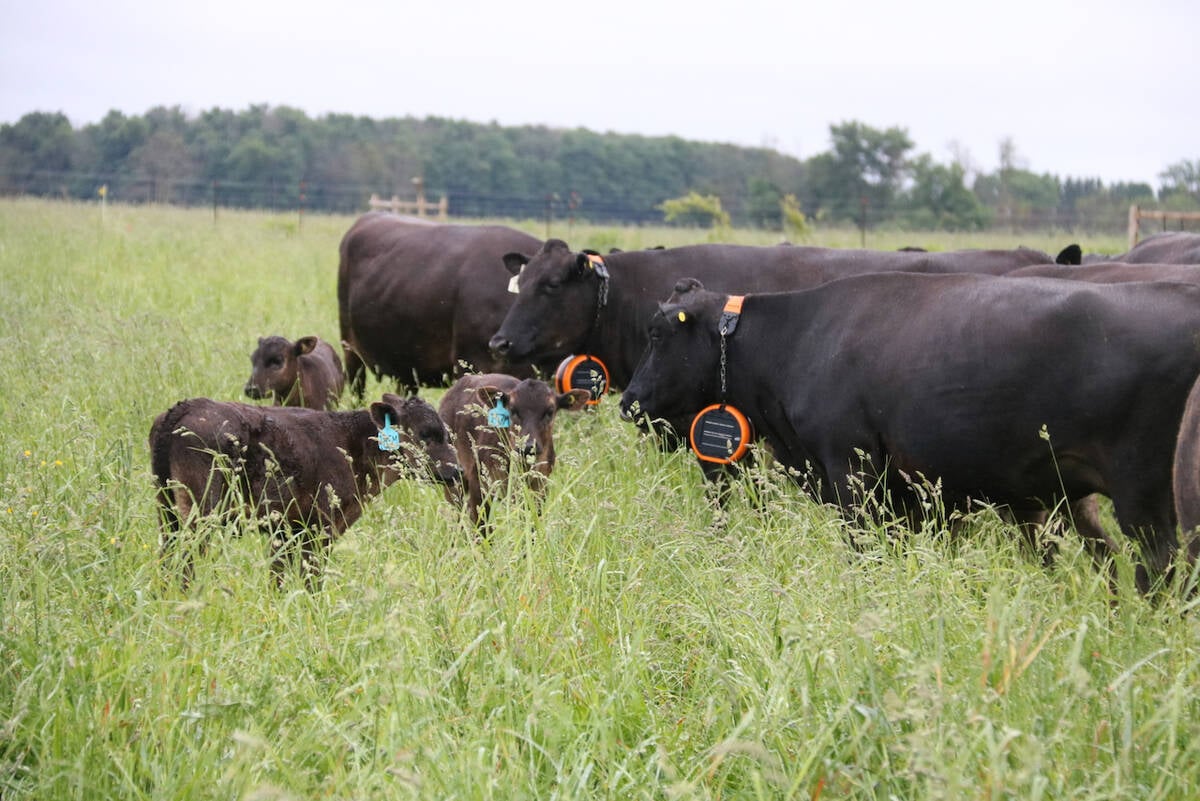
Connecting marbling scores in Japanese and Canadian grading systems
Research into whether Canadian marbling scores can predict Japanese marbling scores
I would like to break a few paradigms today. Let’s take a big step. Soil degradation has been occurring in agriculture for centuries. We knew about how agriculture causes a broken water cycle more than 2,000 years ago, yet, it is still not a priority in most agricultural conversations.
Climate issues are a huge part of the conversation every day now and we all want to take steps forward to help mitigate the growing concerns. But what steps can we take? I was asked the other day, “What is the one thing that could make the most difference in healing our environment?” Bear with me while I think this one through.
My number one priority on my farm is to repair the water cycle. To do this, I need to build and protect the soil. Leaving residue on top of the soil is imperative in reducing runoff and slowing evaporation. We call this the soil armour and it is so important in managing the water cycle. I also need to grow soil underneath the soil armour. The best way to build the soil is to use a perennial polyculture. As Gabe Brown says, nothing builds soil faster than a well-managed perennial polyculture. The livestock, if managed in a regenerative manner, allow the plants to take carbon from the air with photosynthesis and add it to the soil through exudation. From here, soil life, such as arbuscular mycorrhizal fungi, is crucial in storing this carbon in stable soil aggregates that hold the carbon in the ground as glomalin.
We do not have a fertility issue in agriculture, we have a biological issue. We need a polyculture of plants to get us a polyculture of root systems which in turn provides us with a polyculture of soil organisms. A biologically active soil should be a major goal on every farm.
I was told by a leading academic soil researcher last month that it takes over a hundred years to grow an inch of topsoil. This is still what they teach in academia. I must be crazy but we managed to grow over three inches of topsoil in 12 years of regenerative grazing. So that is an inch every four years. We can grow soil much faster than academia thinks. We went from four per cent organic matter to over 10 per cent. That A horizon is now between four and 16 inches thick where it was basically no topsoil there previously. But to do this, we needed well-managed perennial polycultures.
Yes, other crops can sequester carbon, but for how many days out of a growing season? A monoculture crop that only grows for 100 days of the year is missing a lot of days to sequester carbon. If we don’t have green growing plants collecting sunlight, we are not feeding the soil with exudate. The inputs and additives for these monocultures are also very hard on the soil and the soil life. Without the biology, the sequestration of carbon comes to a standstill. The tillage practices used to also release huge amounts of carbon. The inputs used in these monoculture crops also release huge amounts of carbon in the manufacturing, transportation and application processes. Do you think that the short growing season of a monoculture sequestering carbon is enough to offset all these carbon-emitting processes? We have to think about the net carbon. But what about zero till, you say? Yes, zero till is a step forward in healing the water cycle but from my point of view, it is only a baby step. I still see major soil erosion issues on zero till fields and by itself, it still does not mean you are sequestering carbon. We need living roots in the soil.
There is also a growing concern about greenhouse gas emissions from livestock. There is a huge push that these feedlots and confined feeding operations are to blame for our climate changing. A large portion of the grain we produce goes into feeding livestock. Carbon is released from the livestock but it is also released in the processing and transportation of feed and waste products. This industry is a net emitter. We have to include the amount of carbon we emit and how much we sequester.
Back to the question: What is the one thing I would change? I would say it would be to stop feeding high-grain rations to livestock. Okay, before you get offended, I am not saying eliminate it completely. But what if we dropped back to under 10 per cent? That means 90 per cent of the ration would be forage. We would not need to produce near as much grain. Millions of acres of cropland would not need to be net emitters as monocultures. That means we would need more forage to add to the diets of all these animals.
This could be in the form of silage or hay or cover crops or perennial pastures. More silage gives us the ability to plant polycultures. Remember that the polyculture of roots will increase soil biology. The more biology you have, the less fertilizer you will need. A cover crop is a huge step forward in the grain industry for building soil and there is no excuse for a silage field not being a polyculture. It will give you a longer growing season, more diverse soil life and sequester more carbon. More hay fields mean more perennial stands with less tillage each year. And of course, more grazing of perennials means we can build soil faster. Can we sequester carbon for over 200 days a year in our environment? This could also include annual crop grazing in the summer or winter. Swath grazing is a great way to recycle and build soil. This would require fewer inputs, less transportation and manufacturing emissions and less manure to haul. All around, fewer emissions and more sequestration. Net carbon needs to be the priority.
The main goal on my ranch is to heal the water cycle but in doing so, I get all these other environmental benefits. In my fantasy world, the one thing that would help our environment the most would be to stop feeding livestock high-grain rations. That would be a huge step forward for all of us.


